Kaiser Permanente physician researcher focuses on improving emergency medicine for patients and providers
If you like your work to be semi-predictable, emergency medicine is not the place for you. But if you thrive in a setting where you don’t know what you might encounter next — like Dana Sax, MD, does — there’s no better place to be.
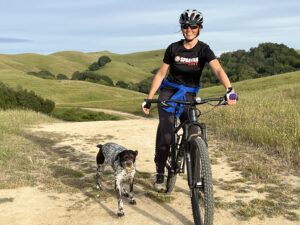
Sax is an adjunct investigator with the Kaiser Permanente Division of Research and an emergency medicine physician with The Permanente Medical Group (TPMG). She joined Kaiser Permanente Northern California (KPNC), in 2013, because she wanted to work at a place where she could both practice medicine and pursue her interest in using data-driven research to address emergency department challenges. She soon joined the Clinical Research on Emergency Services and Treatments (CREST) Network, a multi-center collaborative network headquartered at the Division of Research, and later became a CREST steering committee member.
Sax was also part of the CREST team honored with the 2018 Morris F. Collen Research Award for research that included the development and implementation of the RISTRA risk stratification tool. The tool is used in KPNC emergency departments for conditions like pulmonary embolism, pediatric appendicitis, and acute coronary syndrome. In 2020, Sax entered the Physician Research Program, managed by TPMG’s Delivery Science and Applied Research Program.
We spoke with Sax about what drew her to emergency medicine and her interest in research.
How did you decide to pursue a medical career?
As an undergraduate at Cornell University, I majored in anthropology and Latin American studies. I took premed classes because I was considering going to medical school — but I wasn’t sure. I had done several international health trips during college and then, after I graduated, I worked as a social worker in Guatemala for a year. After that experience, I really felt like medicine was a unique skill set to have to be able to help people.
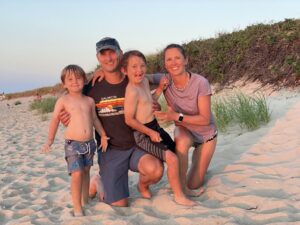
How did you become interested in research?
I took a gap year between my third and fourth years at Rutgers Robert Wood Johnson Medical School to do a master’s in public health at Johns Hopkins — and that was my first real exposure to research. I was doing qualitative research, interviewing teachers and parents about a school-based nutrition program. After that, I really wanted to combine research and data analysis with actual clinical work, which I did during my residency at Georgetown University.
After my residency, I stayed in Washington, D.C., to complete a research fellowship that allowed me to spend time at the Agency for Healthcare Research and Quality, a government agency that provides data and analytics to help improve health care systems. There, I gained skills in using large datasets to answer clinical questions. Because of all those experiences, I knew that I wanted to continue with research. But I also knew that I didn’t want to give up my clinical work because I really like being an emergency medicine doctor. Also, my clinical work directly informs the research projects that I am involved with, such as improving care for heart failure patients and perfecting the way we triage patients — which is central to all the care we provide in the emergency department.
What do you like about emergency medicine?
You’re thinking on your feet and you’re constantly trying to figure out how to handle things in the moment. I also really like the diversity of patients you see in the emergency department. It’s the safety net, and we are touching a lot of patients that don’t have other places to go. I also like the system challenges; we are constantly trying to figure out strategies to address the complex psychosocial situations which impact many of our patients.
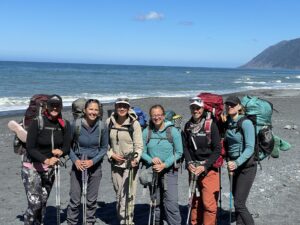
You have 2 young boys. What’s your parent ER story?
I had to take my older son to the ER. It’s a ridiculous story. He broke his foot on a Friday afternoon and had to get a cast, which was done at the cast clinic. The podiatrist said to him, ‘Just make sure you don’t put anything down your cast’ — which people do, because it itches. That night after the clinic was closed, he put a paint brush down his cast and it got stuck. We couldn’t get it out, he couldn’t fall asleep, and the cast clinic didn’t open until Monday. We had to go to the Kaiser Permanente Richmond ED, where I work, to get his cast taken off and get a new one put on. We saw all the people I work with. It was pretty funny.
What do you like to do in your free time?
Most of my life energy is with my family — my husband and my sons who are 7 and 5. It’s a fun age because they are very curious about everything. We do a lot of family camping, skiing, and biking trips. I love my East Bay colleagues and have a group of women with whom I do a week-long backpacking trip every year. Our next trip is to Sedona, Arizona, where I’ve never been. I’m really looking forward to it.
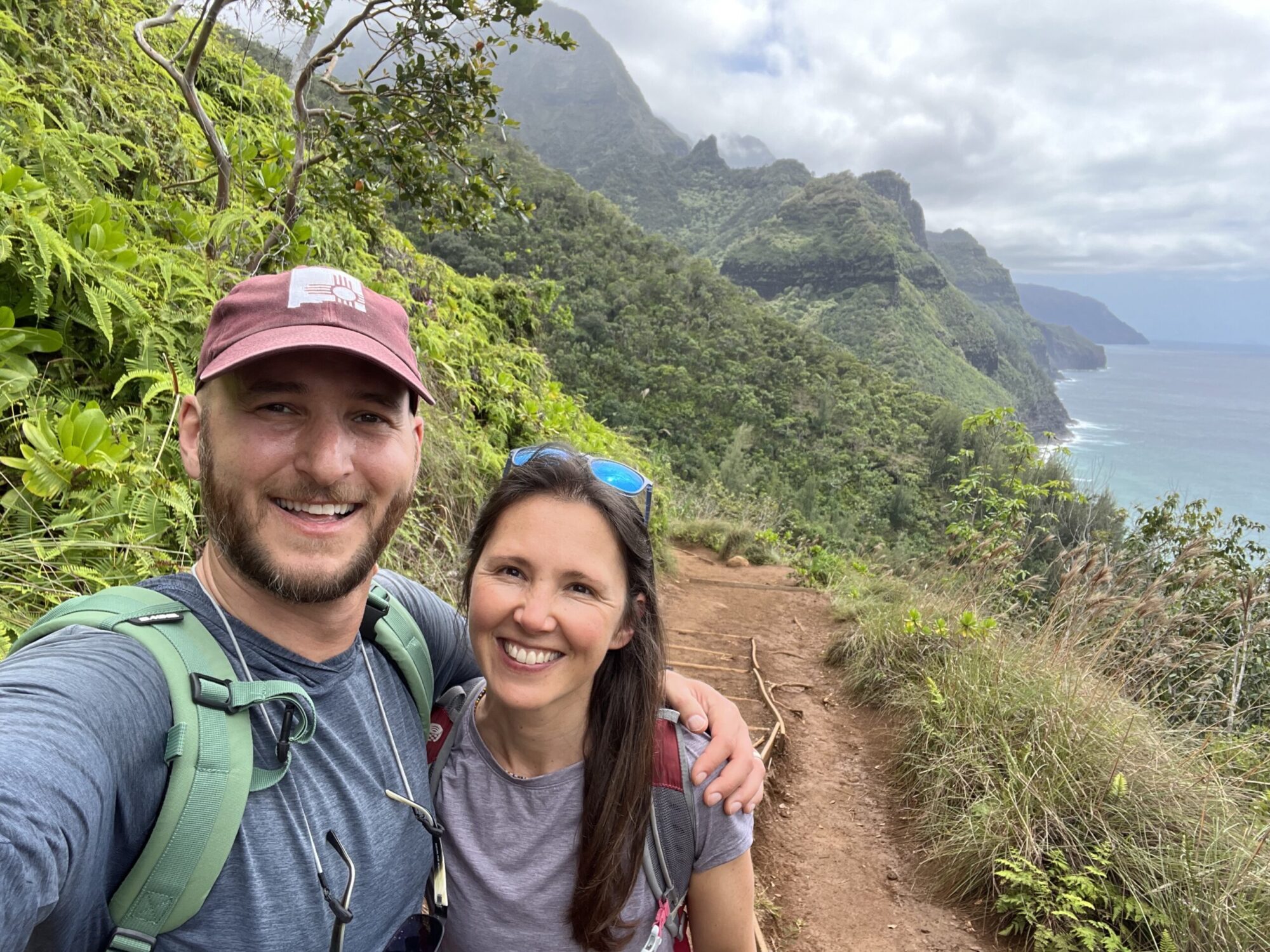
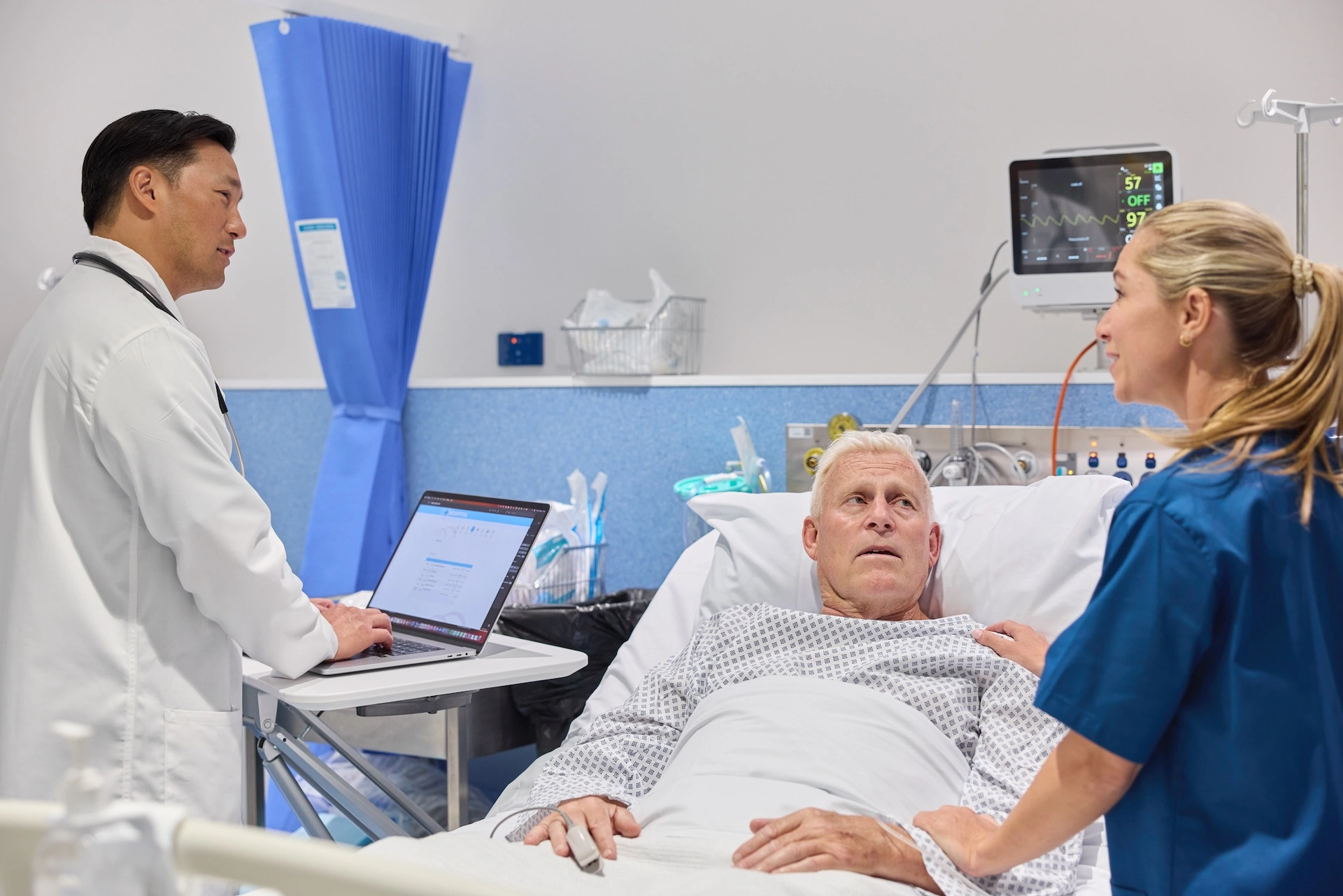



Comments (0)